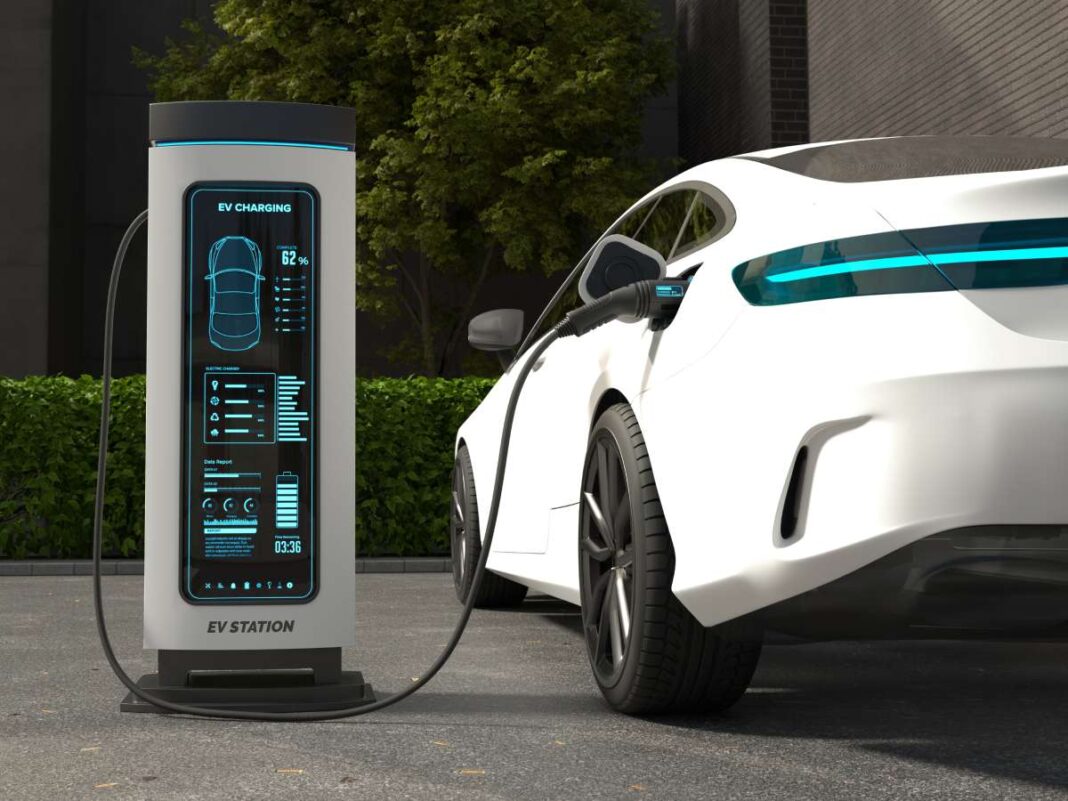Electric vehicles (EVs) are leading the future of transportation towards sustainability and innovation. Central to this revolution is the advancement of battery technology, which determines the efficiency, range, and affordability of EVs. While lithium-ion batteries have been the cornerstone of electric mobility, challenges such as high production costs, range limitations, and environmental concerns have accelerated the search for next-generation solutions.
The Promise of Solid-State Batteries
One of the most promising developments in battery technology is the advent of solid-state batteries. By replacing the liquid electrolyte in traditional lithium-ion batteries with solid materials, these batteries offer increased safety, higher energy density, quicker charging times, and longer lifespans. Solid-state batteries promise increased safety and energy density, quick charging, and a longer lifespan.
Leading automakers are making significant strides in bringing solid-state batteries to market:
- Mercedes-Benz and Factorial Energy Partnership
Mercedes-Benz is testing Factorial Energy’s proprietary FEST (Factorial Electrolyte System Technology) in a prototype solid-state battery called “Solstice”. The battery uses a lithium-metal anode and solid polymer electrolytes, providing a 25% range improvement over conventional lithium-ion batteries.
If successful, Mercedes-Benz aims to commercialize these batteries in production vehicles by 2026.
- Toyota’s Progress
Toyota plans for commercial production of solid-state batteries by 2027–2028 in partnership with Idemitsu Kosan. These next-generation batteries leverage sulfide-based electrolytes to deliver 621 miles of range and 80% charging in just 10 minutes, representing a significant leap in performance. - Stellantis and Semi-Solid-State Approach
Stellantis is pursuing semi-solid-state batteries through a collaboration with Factorial Energy. By 2026, Dodge Charger Daytonas equipped with these batteries are expected to show a 50% range improvement. This approach allows easier integration into existing production lines, accelerating commercialization and reducing costs.
These developments suggest that what was once a distant vision of solid-state battery commercialization now seems within reach. However, the main challenge is experienced in increasing production and managing costs.
Exploring Alternative Battery Technologies
Beyond solid-state batteries, researchers are exploring other innovative chemistries that could revolutionize EVs:
Lithium-Sulphur (LiS) Batteries
Offer the potential for increased range and are economically beneficial due to the abundance of sulphur. However, they face challenges related to lifespan and stability. LiS batteries offer potential for increased range and are economically beneficial due to the abundance of sulphur.
Sodium-Ion Batteries
Present a more sustainable and cost-effective alternative by using abundant materials like sodium. They struggle with energy density, which may limit their application to lower-cost EVs or energy storage systems.
Lithium Iron Phosphate (LFP) Batteries
Offer longer lifespans, thermal stability, and high current ratings. Engineers are enhancing lithium-ion cathodes to reduce costs and make EVs more affordable.
Cobalt-Free and Silicon-Anode Batteries
Aim to lessen the environmental impacts associated with mining rare materials and improve battery performance.
Advancements in Electrification Systems and Data Integration
Innovations aren’t limited to battery chemistry alone. Advances in electrification systems and data integration are also propelling EV technology forward:
- Transitioning from silicon-based systems to silicon carbide-based systems boosts energy efficiency, allowing EVs to maximize stored energy.
- Wireless charging technology, based on inductive charging, is in development, offering potential for convenient, cord-free EV charging solutions.
- Onboard sensors and data-driven intelligence enable predictive maintenance, efficient route mapping, and integration with autonomous driving technologies.
- The integration of advanced battery systems, electrification technologies, and intelligent data usage positions EVs to redefine modern transportation.
Challenges on the Road Ahead
Despite promising advancements, several hurdles must be overcome:
Research and Development Costs
High costs associated with R&D, manufacturing, and scaling up production can slow down commercialization. New technologies face hurdles in research, development, and manufacturing costs.
Infrastructure Needs
With limited charging stations, creating an EV charging infrastructure is essential to support widespread adoption. The need for expanding charging infrastructure remains a significant challenge.
Workforce Talent Deficit
Concerns arise about whether industries can recruit and train the skilled labor necessary for solid-state battery production. Regions already dominant in battery manufacturing may extend their lead if talent shortages are not addressed.
Competing Technologies
Improved lithium-ion batteries, such as LFP cells, continue to advance in affordability and efficiency.
Experts question whether incremental improvements in existing technology could limit the widespread adoption of solid-state batteries.
Investments Fueling the Future
Significant investments by automakers, tech companies, and governments are supporting battery research. These initiatives are pushing towards a greener future by funding the development and commercialization of advanced battery technologies. Significant investments by automakers, tech companies, and governments support battery research, pushing towards a greener future.
The Potential Impact on the EV Market
With these technological advancements, EVs are expected to overcome existing limitations such as range anxiety, long charging times, and high costs. This progress could accelerate the transition towards electric mobility, reducing reliance on fossil fuels and decreasing environmental impact.
EVs are not merely vehicles without tailpipes; they embody cutting-edge innovations in engineering and technology, offering transformative environmental and operational benefits while facing challenges like battery sustainability and affordability.
Mass adoption may significantly reduce oil consumption, transform energy grids, and shift dependence from fossil fuels toward renewable energy sources.
Conclusion
Battery technology sits at the heart of the electric vehicle revolution. While challenges remain, advancements in solid-state, lithium-sulphur, sodium-ion, and other battery technologies hold the promise of a more sustainable and efficient future for transportation. Ongoing investments and research efforts signify a collective push towards overcoming current limitations and ushering in an era of sustainable mobility.

